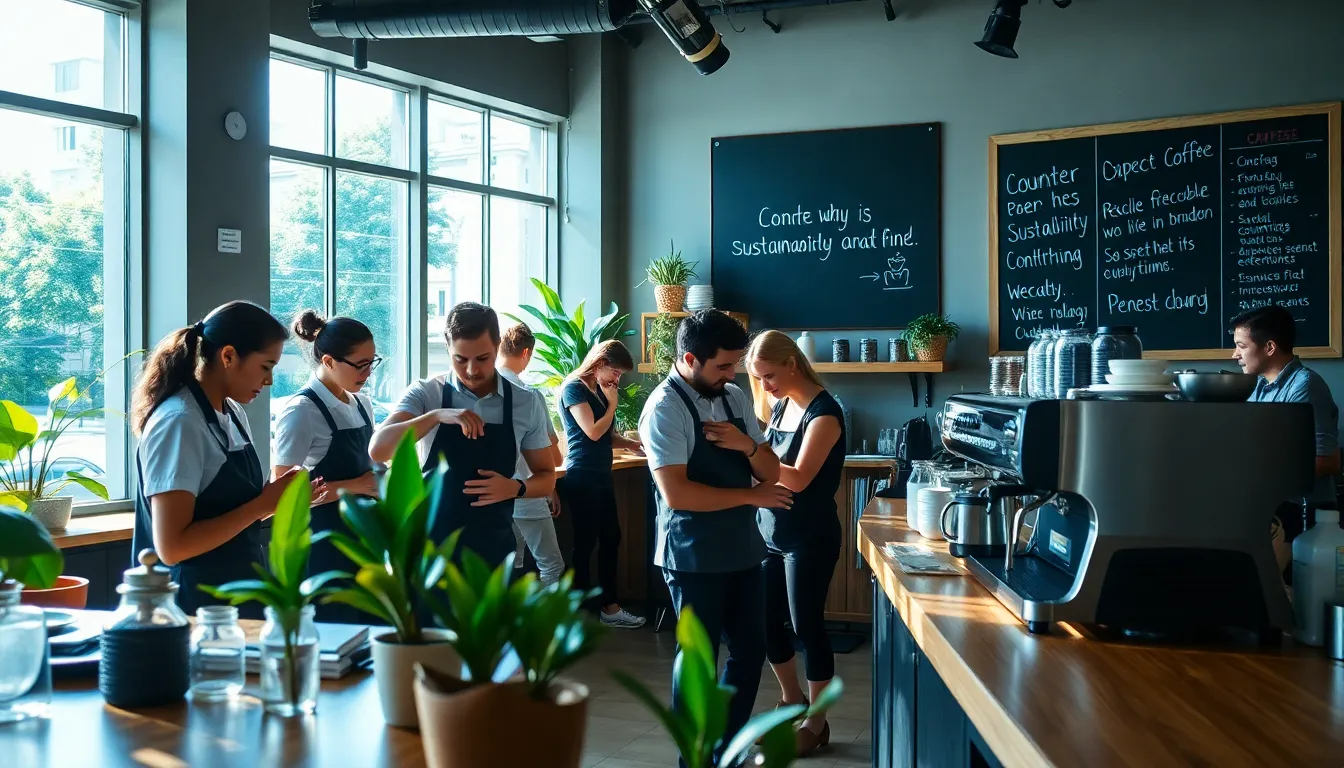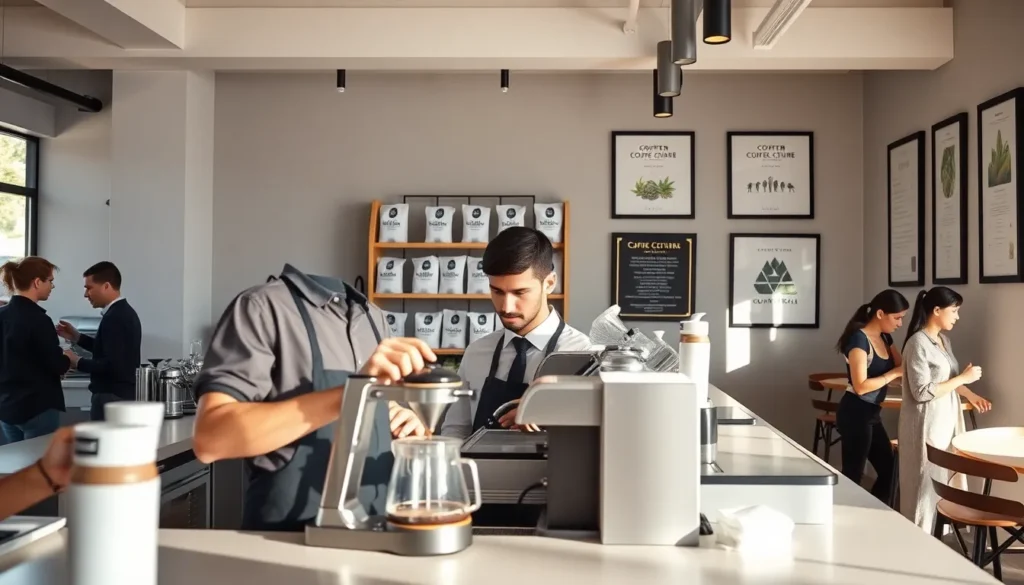Table of Contents
ToggleWhen it comes to crafting a memorable cup of coffee, few names ring out like Counter Culture Coffee. But this industry darling is facing challenges that could be brewing a storm. From dubious supply chain disruptions to widespread public relations blunders, their journey is anything but smooth. Whether you’re a coffee connoisseur or just enjoy your daily cup of joe, the stakes are high. Buckle up as we jump into the whirlwind surrounding this once-stalwart brand.
Overview of Counter Culture Coffee

History and Founding Principles
Founded in 1995, Counter Culture Coffee emerged with a mission that was as clear as a freshly brewed cup. They set out not just to sell coffee but to redefine what sourcing, roasting, and serving coffee should look like. Their commitment to sustainability and quality has elevated them into a leading position within the specialty coffee industry. With strong ties to farmers and a focus on environmental stewardship, they made a mark right from the get-go.
Key Innovations and Offerings
Innovation isn’t just a buzzword for Counter Culture. This brand has continuously pushed boundaries. They introduced unique coffee sourcing practices, emphasizing direct trade and transparency. Also, their commitment to quality is evident in their educational initiatives, ensuring that both baristas and consumers are well-versed in coffee profiles and brewing techniques. Their training and resources empower coffee enthusiasts to truly appreciate each sip.
Recent Challenges Faced by Counter Culture Coffee
Quality Control Issues
Unfortunately, not all has been smooth sailing. Recent reports have surfaced about quality control hiccups that are leaving a bitter taste in mouths. Some consumers have noted inconsistent flavor profiles in batches, raising eyebrows and questions about the brand’s legendary precision.
Supply Chain Disruptions
As if quality issues weren’t enough, these past years have seen unprecedented supply chain trials impacting not just Counter Culture but the entire industry. From transportation delays to increased costs of raw materials, the challenges have been multifaceted. These disruptions beg the question: Can Counter Culture adapt without sacrificing its foundational values?
Public Relations Controversies
To make matters worse, public relations missteps have eroded trust among loyal customers. Miscommunication about sourcing practices and unclear messaging during crises have led to backlash. While transparency has always been a cornerstone of the brand’s model, recent controversies have muddied the waters, leaving consumers scrambling for clarity.
Impact on Brand Reputation
Customer Response and Community Reaction
How are fans responding? The community, once fervent advocates, has shown mixed feelings. Many loyal customers express disappointment, feeling a disconnect from the brand they once trusted. Social media platforms amplify voices, allowing public opinion to sway rapidly. Some customers now question whether Counter Culture can retain its reputation for quality and integrity.
Comparative Analysis with Competitors
In the face of these hardships, competitors are taking advantage. Brands that prioritize transparency and quality, such as Stumptown and Intelligentsia, are leveraging Counter Culture’s missteps to gain market share. Consumers are weighing their options, demonstrating that loyalty can be a fickle friend in today’s fast-paced coffee landscape.
Future Outlook for Counter Culture Coffee
Strategies for Recovery
What’s next for Counter Culture? To navigate these turbulent waters, the brand must address its internal processes head-on. Implementing stringent quality control measures will be paramount. Clear communication with consumers about sourcing and production could help regain lost trust, showing that the brand values transparency as much as its customers do.
Potential Opportunities for Growth
Challenges often come hand-in-hand with opportunities. Counter Culture could explore new partnerships with local farmers and invest in innovative, sustainable practices, allowing them to emerge stronger. Expanding into new markets or creating limited-edition blends could entice both old customers and newcomers, reigniting fascination with the brand.




